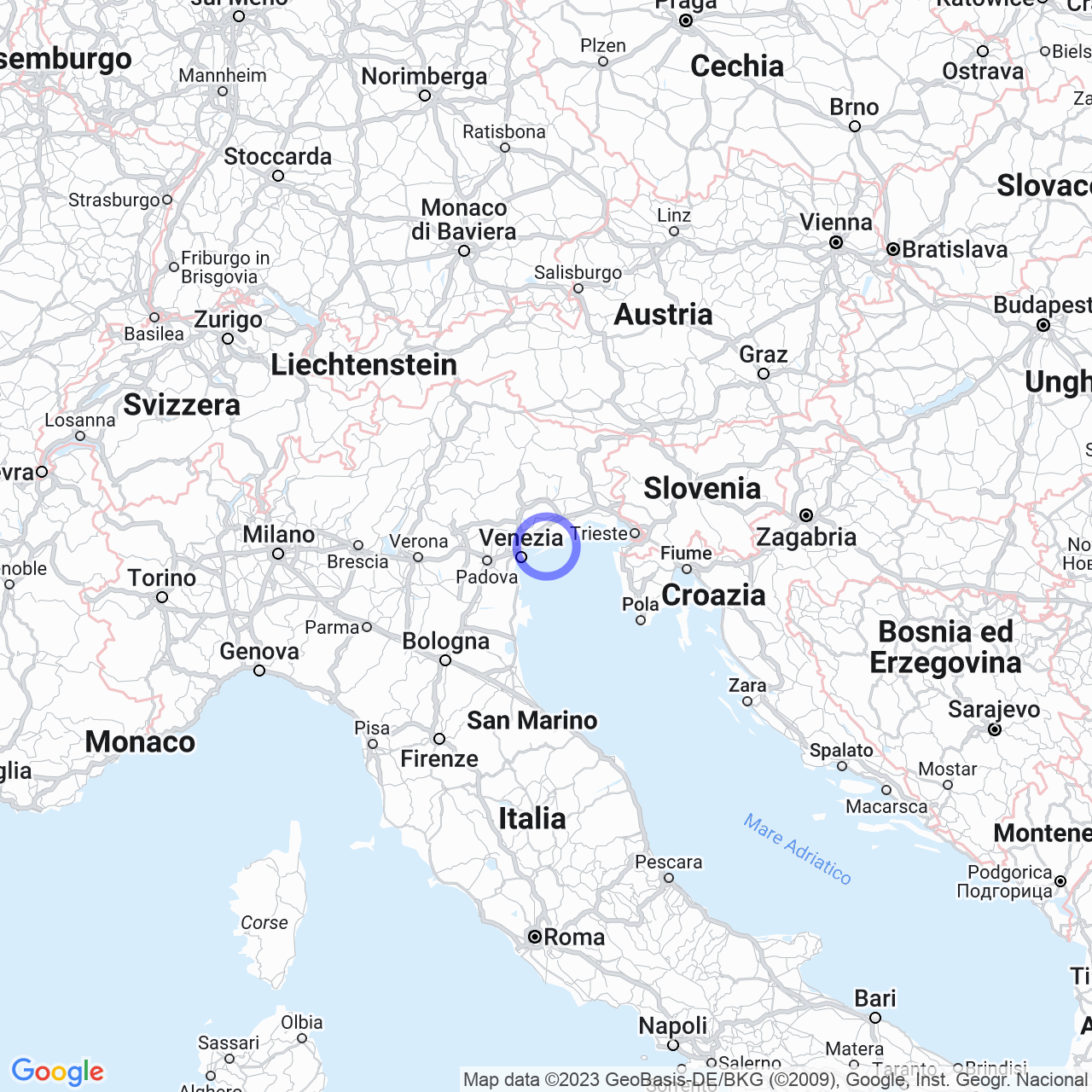Jesolo
After these events, the city was abandoned and the lagoon began to expand, turning the area into a swamp. It was only around the year 1000 that the area came back to life thanks to trade and the evolution of the city of Venice.
Jesolo in medieval times
During the Middle Ages, Jesolo experienced a period of great splendor thanks to its excellent strategic positioning, which favored commercial exchanges with Venice and the East. The city flourished thanks to agriculture, livestock, and craftsmanship.
Jesolo in modern and contemporary times
During its development, Jesolo underwent several territorial changes. In the eighteenth century, it was annexed to the Republic of Venice, and in the course of the twentieth century, it underwent significant urban and tourist development.

Economy and Tourism
Jesolo is one of the main tourist destinations in Italy, known especially for the beauty of its beaches, nightlife, and entertainment offered. The city's economy is therefore mainly based on tourism, with a large amount of activities revolving around the reception of tourists from all over the world.
However, Jesolo is also a city dedicated to agriculture, especially the cultivation of vegetables, fruit, and cereals. Additionally, there are also manufacturing, artisanal, and commercial industries.
Attractions
The main tourist attractions of Jesolo are the beach, the promenade, the Aqualandia water park, the Pista Azzurra go-kart track, and the Tropicarium Park.
Additionally, the city offers numerous opportunities for shopping and nightlife, with a vast selection of bars and shops open until late at night.
Culture and Events
Jesolo hosts numerous cultural events and tourism-related events every year, such as the Jesolo Carnival, the Jesolo Marathon, and the Festival Show.
Furthermore, the city has a rich cultural offering, with various institutions such as the Municipal Library, the Civic Museum, and the Church of San Giovanni Battista.
Transportation
Jesolo is accessible via the A4 highway, the Venice-Trieste railway, and the Venice airport.
In the city, public transportation is managed by AVM, which offers several bus lines connecting the city center with the surrounding areas. Additionally, during the summer period, it is possible to use the ferry service to reach the nearby city of Venice.
Conclusions
In summary, Jesolo is a beautiful tourist city located on the Adriatic coast of Veneto. The city offers numerous attractions, from the promenade to the beaches, amusement parks, and nightlife. Additionally, the city has a rich cultural offer, and is connected through public transportation to the nearby city of Venice.
